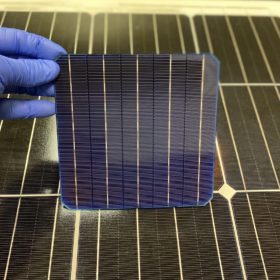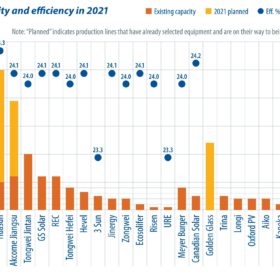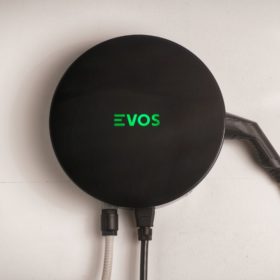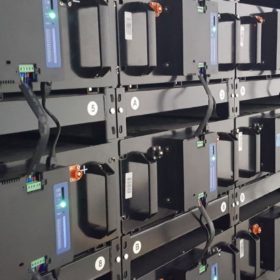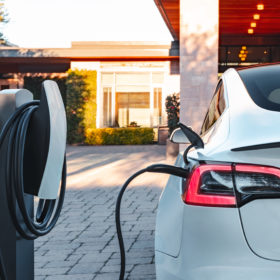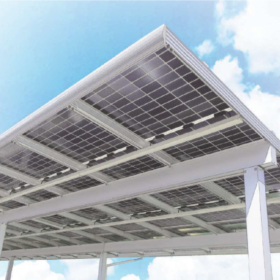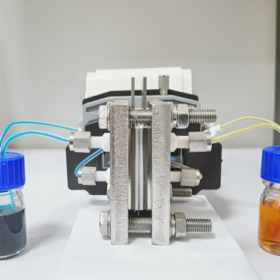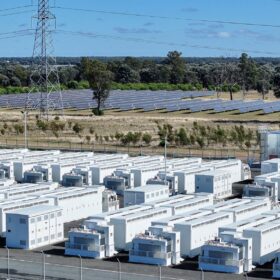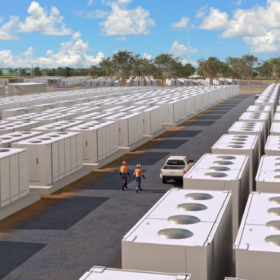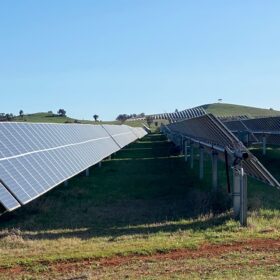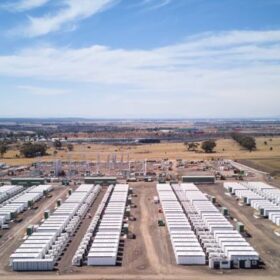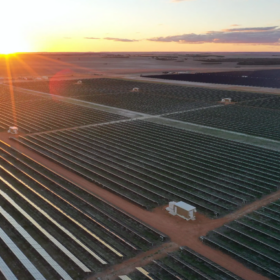Novel solar cell architecture to reduce silver costs, improve voltage
Developed by a U.S.-based start-up, the new manufacturing process is claimed to reduce silver consumption and improve solar module performance by up to 3 watts. It consists of connecting sub-cells in series within a single cell in order to increase the device voltage and without requiring cells to be physically broken and rewired.
Saturday read: Looking past PERC
While the adoption of large-format wafers has driven a wave of capacity expansion for PERC, existing manufacturers and new entrants continue to evaluate TOPCon and HJT. An increasing number of HJT pilot lines and gigawatt-scale capacity expansion projects are appearing, as manufacturers see the advantages of fewer process steps, higher efficiency ratings, and better yield rates. The localisation of equipment is also a driving factor. PV InfoLink’s Derek Zhao offers an update on the latest developments and process routes for HJT.
Brisbane startup unveils first Australian-made home EV charger
Brisbane-based startup Evos has unveiled its first electric vehicle charger, boasting simple installation and transportability as well as the company’s own energy management software. The charger will be available from next month.
The energy storage decade has arrived, says BNEF
BloombergNEF says falling battery costs and “surging” renewables penetration make energy storage a “compelling flexible resource in many power systems.” Australia is among the predicted top markets.
Queensland researchers examine ability of EVs to support grid
Researchers at the University of Queensland will conduct an international trial to assess if the spare battery capacity in electric vehicles could be used to accelerate the rollout of renewable energy, support the electricity network, and potentially power homes in the future.
How to convert coal mine goaves into pumped hydro storage facilities
According to Chinese researchers, using abandoned coal mine goaves for pumped hydro facilities in combination with large scale solar and wind is not only technically feasible but can also provide an efficiency of 82.8% in yearly operation cases. They applied the model to wind and solar-rich northwestern and southwestern China.
Scalable turnkey solar carport solution for commercial applications
Japanese energy company Sinanen offers a scalable solar carport that can host a minimum of four vehicles and can be deployed in the parking areas of factories and commercial buildings. The basic system is offered with a minimum capacity of 10.80 kW.
Novel ways solar can and is being used at Australian airports
Airports are increasingly turning to solar to decarbonise, with ideations ranging all the way from gimmicky solar runways and “dead zone” solar pathways to very real rooftop arrays. Whatever happens, solar certainly has a place at airports with Brisbane airport saving itself somewhere between $20 million to $50 million thanks to the solar system it installed in 2019.
Australia welcomes first energy data ‘one stop shop’
Energy data provider C4NET has now opened its services up to any party with a query, streamlining data access in the interest of accelerating Australia’s transition.“First thing we’re trying to do is be a one stop shop,” James Seymour, CEO of C4NET, told pv magazine Australia.
Redox flow battery with capacity retention of 99.98% per cycle
The battery was fabricated by Chinese scientists with a low-cost electrolyte made of a derivative of TEMPO, which is a well-known electroactive aminoxyl radical used with several applications in chemistry and biochemistry. According to the researchers, the battery shows high redox potential and is crossover-free.
